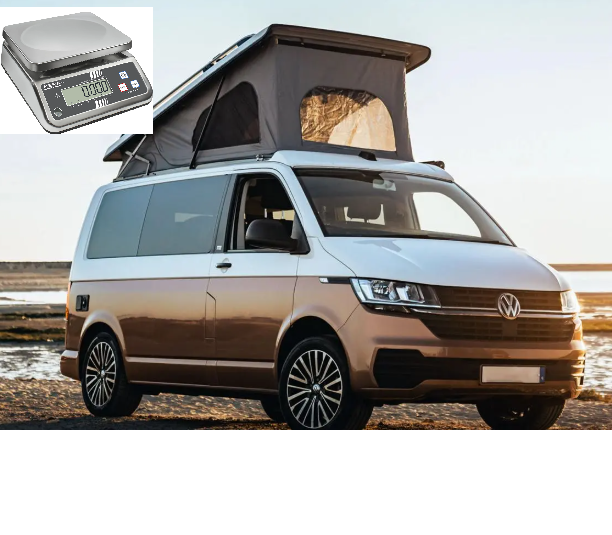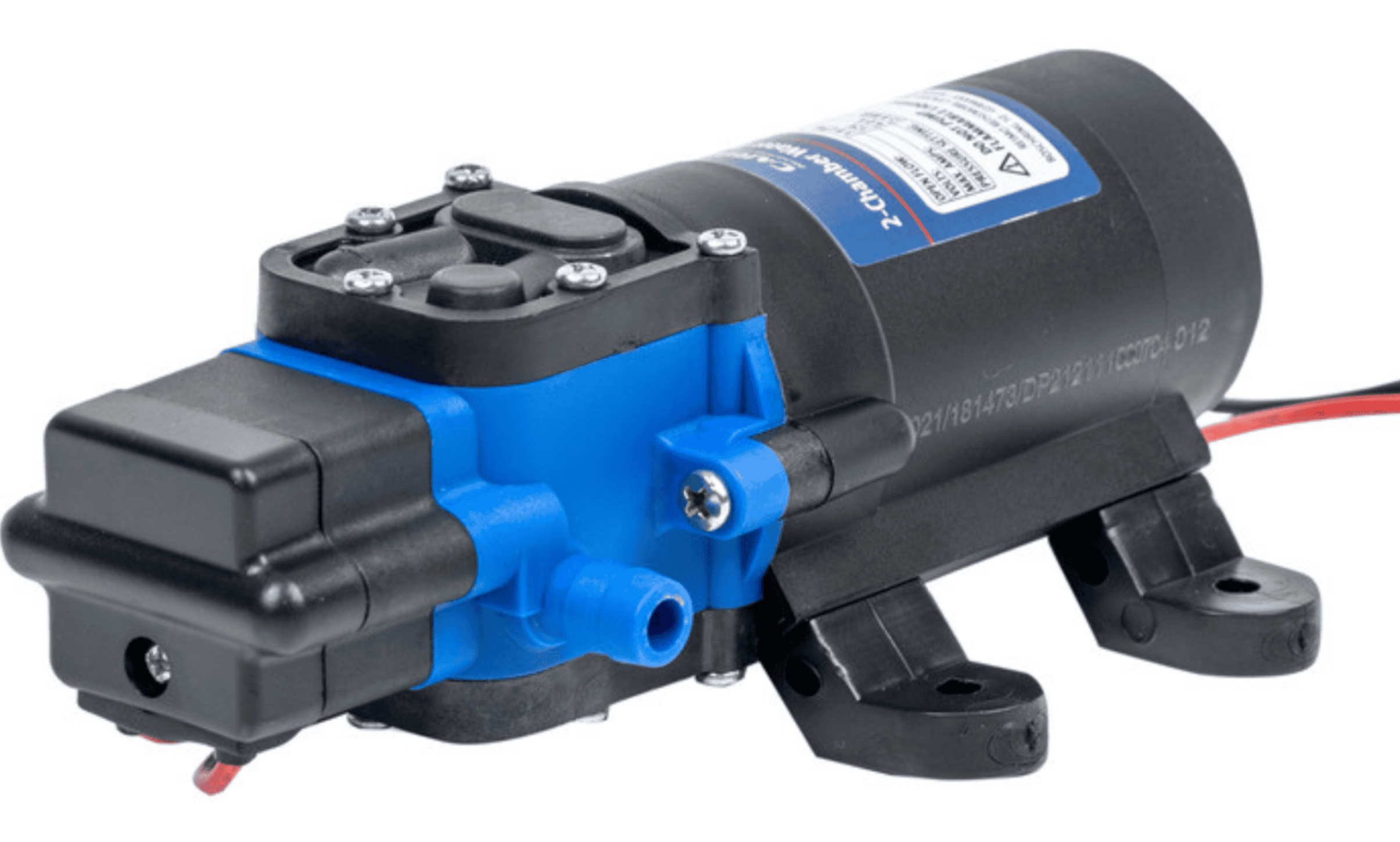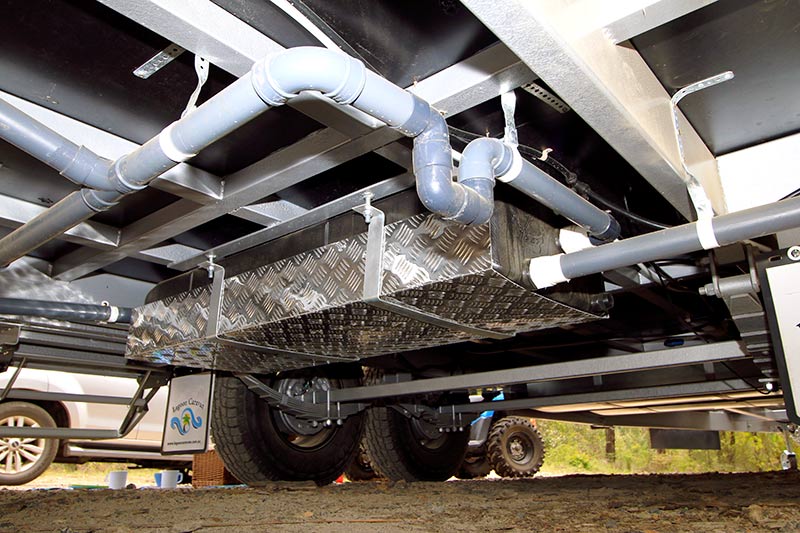Embarking on a campervan conversion is an exciting journey, promising freedom and off-grid adventures. However, powering your mobile home efficiently is crucial for a comfortable and enjoyable experience. One key component that often comes into play is the charge controller (solar regulator). But what exactly is it, and how does it revolutionise your campervan’s electrical system? Let’s dive in!
What is a Charge Controller?
A charge controller is an electronic device that regulates the charging process of a battery from a solar panel. It prevents overcharging and ensures optimal charging for your battery, extending its lifespan.
Why is a Charge Controller Essential for Campervan Conversions?
Solar panels are a popular power source for campervan conversions, providing clean energy from the sun. However, solar panels produce direct current (DC) power that needs to be regulated before it can be used to charge a battery. A charge controller performs this crucial function by:
- Regulating Voltage and Current: It monitors the voltage and current from the solar panel and adjusts the flow of electricity to prevent overcharging the battery.
- Protecting the Battery: Overcharging can damage a battery, reducing its capacity and lifespan. A charge controller prevents this by stopping the charging process once the battery is fully charged.
- Optimising Charging: Charge controllers can also optimise the charging process based on the battery’s temperature and state of charge, ensuring maximum efficiency.
- Enabling Equalisation: Some charge controllers have equalisation modes, which can help balance the charge between cells in a battery bank.
How is a Charge Controller Used in a Campervan Conversion?
Integrating a charge controller into your campervan’s solar system involves a few key steps:
- Choosing the Right Charge Controller: Select a charge controller with an appropriate amperage rating for your solar panel and battery bank. Consider the maximum power output of your solar panel and the size of your battery bank.
- Wiring Connections:
- Connect the positive and negative terminals of the solar panel to the corresponding terminals on the charge controller.
- Connect the positive and negative terminals of the battery bank to the corresponding terminals on the charge controller.
- Fuse Protection: Install fuses on both the solar panel and battery circuits to protect against overcurrent and short circuits.
- Testing: After wiring, thoroughly test the system to ensure the charge controller is functioning correctly.
Types of Charge Controllers
There are two main types of charge controllers:
- Pulse Width Modulation (PWM) Charge Controllers: These are the most common type, offering a simple and affordable solution. They regulate the voltage by switching the solar panel connection on and off rapidly.
- Maximum Power Point Tracking (MPPT) Charge Controllers: These are more advanced and efficient charge controllers that maximize the power output from the solar panel, especially in low-light conditions.
Benefits of Using a Charge Controller:
- Extended Battery Life: Protects your battery from overcharging and premature failure.
- Optimised Charging: Ensures efficient charging, even in low-light conditions.
- Improved Safety: Reduces the risk of electrical hazards.
- Increased Efficiency: Maximizes the power output from your solar panel.
Considerations:
- Ensure proper ventilation for your charge controller and battery bank.
- Use appropriate cable sizes to handle the current load.
- Consult with a qualified electrician if you are unsure about any aspect of the installation.
By understanding how a charge controller works and how it integrates into your campervan’s solar system, you can ensure a reliable and efficient power supply for your adventures. With a well-designed system, you can confidently explore the open road, knowing your campervan is equipped to handle your power needs.




